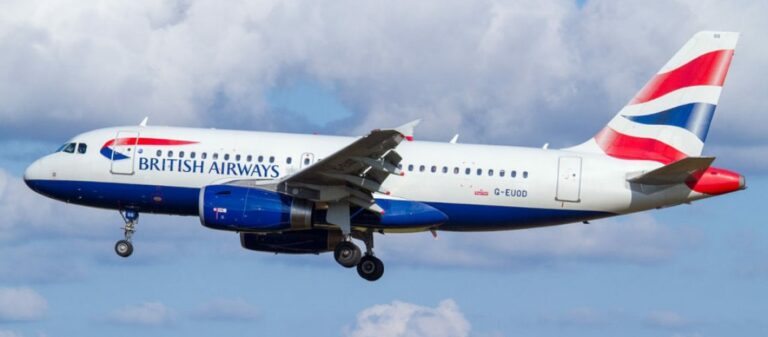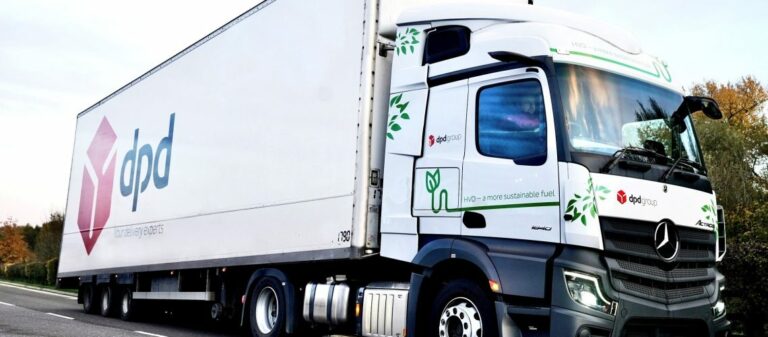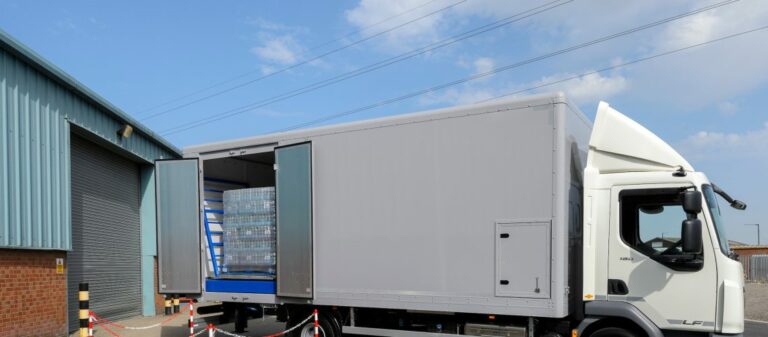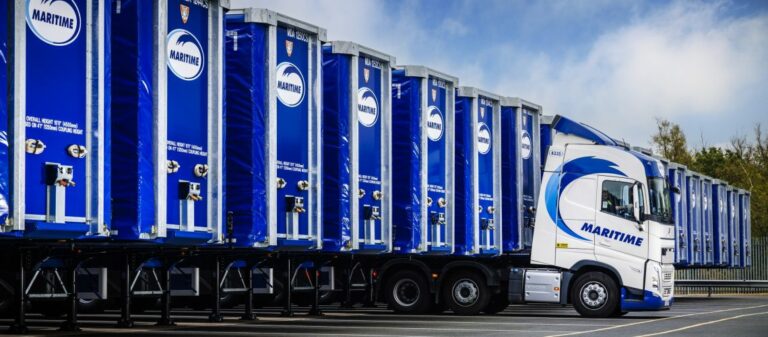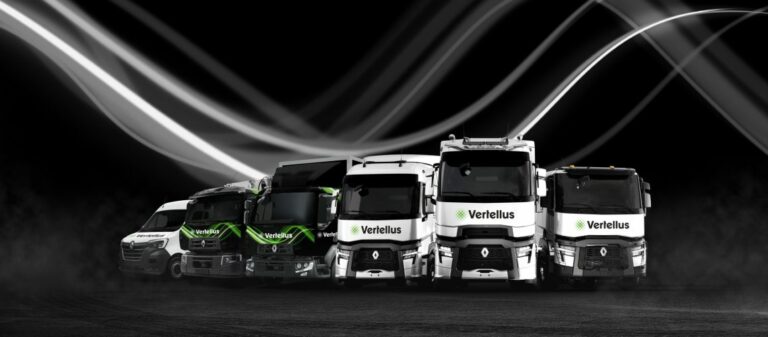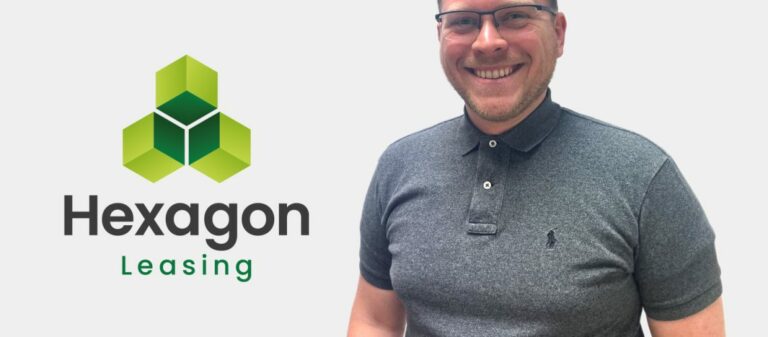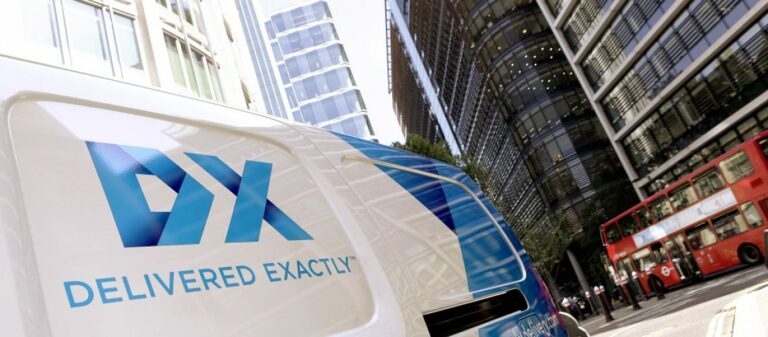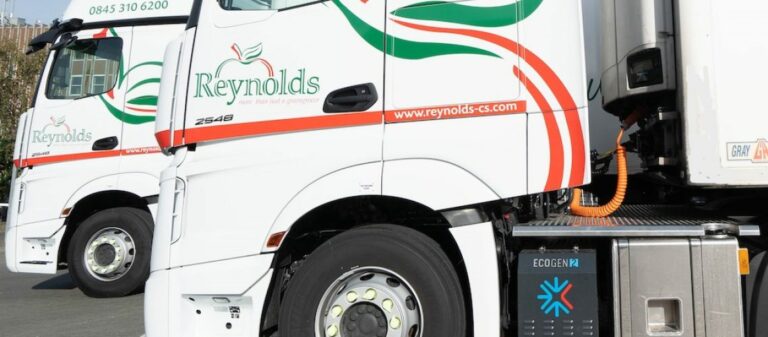anada’s Osino Resources has received a 20-year mining licence and positive environmental permitting review for its Twin Hills gold project in Namibia.
The ‘Preparedness to Grant’ licence has been issued by the Namibian Ministry of Mines and Energy (MME ) and is subject to meeting certain customary conditions.
Some of these conditions include the issuance of the Environmental Clearance Certificate (ECC ) by the Namibian Ministry of Environment, Fisheries and Tourism (MEFT) and securing remaining secondary permits to operate the mine, among others.
Based on the pre-feasibility (PFS) study, the Twin Hills mine will have an average gold production rate of 169koz per annum during its ten-year operation. It is expected to have a 13-year open-pit mine life.
Osino co-founder, president and CEO Heye Daun said: “Receipt of the mining licence is a major endorsement of the progress Osino has made with the advancement of the Twin Hills Gold Project and confirms the support of the Namibian government for the ongoing development of the project.
“Twin Hills’s stature as one of Namibia’s most exciting mining development projects continues to grow and we are very appreciative of the partnership shown by all Namibian permitting authorities throughout this process.”
Osino carried out more than 220,000m of drilling and advanced technical studies on the Twin Hills project since its grassroots discovery in August 2019.
The Twin Hills Discovery forms part of the firm’s Karibib Gold Project, which comprises 12 contiguous licences to the north-east of Karibib.



